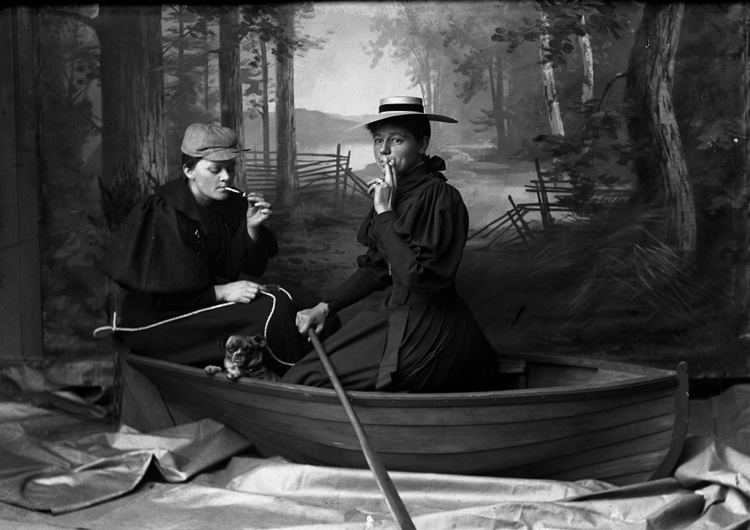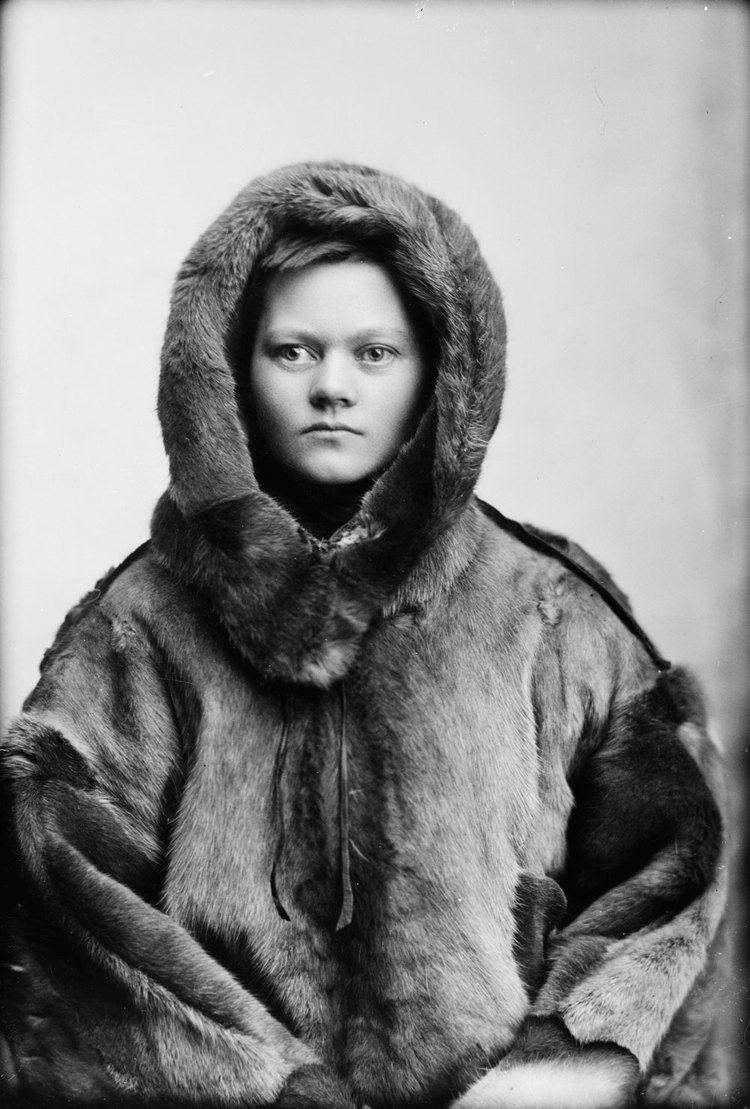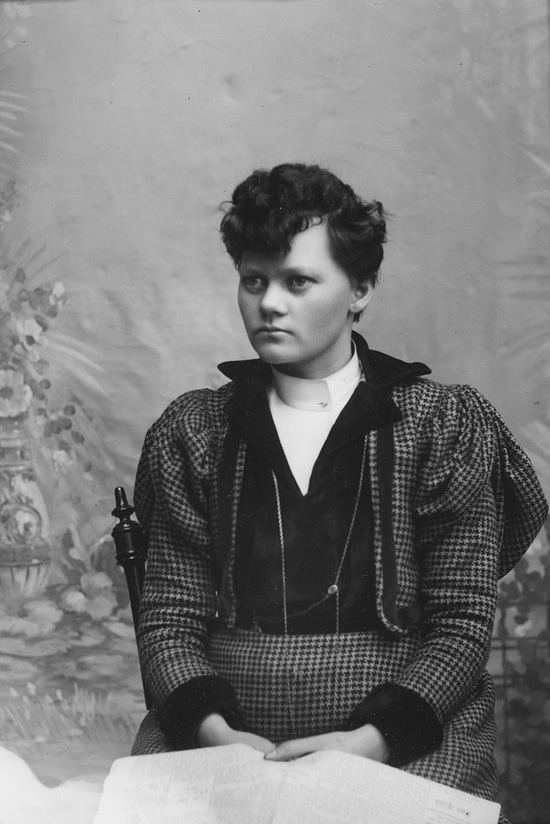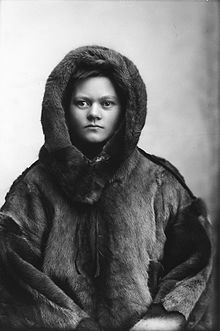Nationality Norway | Known for Photography | |
 | ||
Marie h eg brit connie stuksrud
Marie Høeg (15 April 1866 – 22 February 1949) was a Norwegian photographer and suffragist. Høeg's published work was traditional in nature, while her private photography, including images of and created with her partner, Bolette Berg, challenged ideas of gender. She was the founder of the Horten Discussion Association, which is still active today. Høeg also started the Horten Branch of the National Association for Women's Right to Vote, the Horten Women's Council and the Horten Tuberculosis Association.
Contents

Biography
Høeg was born in Langesund on 15 April 1866. She was a photography student in Brevik and completed her photography apprenticeship in 1890. In 1890-1895 Høeg lived in Finland, working as a photographer in Ekenäs and Hanko. While in Finland, Høeg was greatly influenced by the Finnish women's rights movement. Høeg moved from Finland to Horten in 1895 together with Bolette Berg. Berg was five years younger than Høeg and had trained as a photographer, probably while living in Finland. Høeg and Berg set up and ran their own photography studio, which was named Berg & Høeg. Høeg used their studio not only for photography, but also as a meeting place for women interested in feminism and women's suffrage. Høeg and Berg moved to Kristiania (present-day Oslo) in 1903 and continued working as photographers there, mostly producing post cards. The also founded the publishing company Berg og Høghs Kunstforlag A.S., publishing books such as the three-volume Norske Kvinder, which concerns the topic of the history of Norwegian women. Marie Høeg died in Oslo on 22 February 1949.

Many of her glass negatives were discovered after her death inside a barn in the 1980s. The barn was on the property of a farm where Berg and Høeg lived at the end of their lives. The negatives revealed a series of work where Høeg and Berg are photographed dressed in men's clothes, smoking and even wearing mustaches. These 440 glass negatives are now in the collection of the Preus Museum.







